
In Steve’s hunting guide books, on the MeatEater website and Youtube page, we’ve outlined the step-by-step processes of field dressing fish, small game, and big game. But over the years, we’ve picked up a few extra tips and tricks that will help hunters save a little time and produce better-tasting meals.
Some Tips for Big Game Field Care
When skinning or gutting game animals, always slice the hide by cutting from the inside out. Otherwise, if you cut from the outside, you’ll push hair and other contaminants into the meat.
You’ll also be cutting hair which makes a mess like you’d find on the floor of a barber shop, only the mess will be on your game meat. By cutting the hide from the inside out, your blade passes through the hair without making a mess and you’ll be left with a clean carcass.
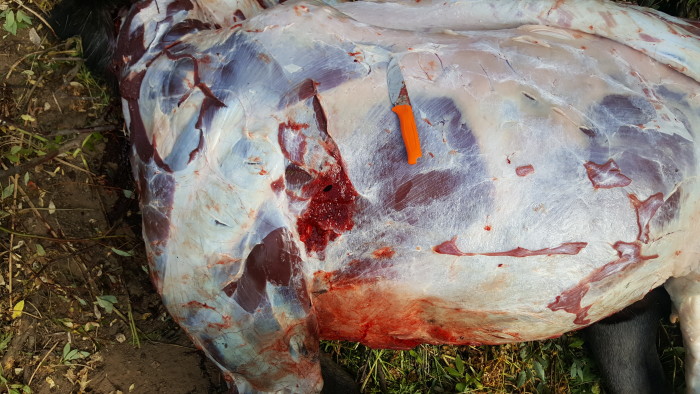
You don’t need a bone saw to sever the knee joint of big game animals. Simply cut the tendons around the joint below the shank muscle with a sharp hunting knife.
You’ll find that after you cut a few of the larger tendons, you can pop the joint and free the lower leg with a twisting motion. You can also use the same basic process to free an animal’s skull from the spine.
Remove the tongue from big game animals by first skinning the lower jaw. Then make a cut around the inside edge of the lower jaw bone under the tongue.
Next, cut the base of the tongue free to remove it through the lower jaw bone. With a little practice, you should be able to remove an elk tongue in less than a minute.
If you’re going to save the skull of your big game animal, skin it entirely and remove the lower jaw in the field as soon as you’re done gutting and quartering.
If not, the tough skin on the skull will begin to stiffen and rigor mortis will take hold in the jaw muscles. The sooner you do it, the easier it is.
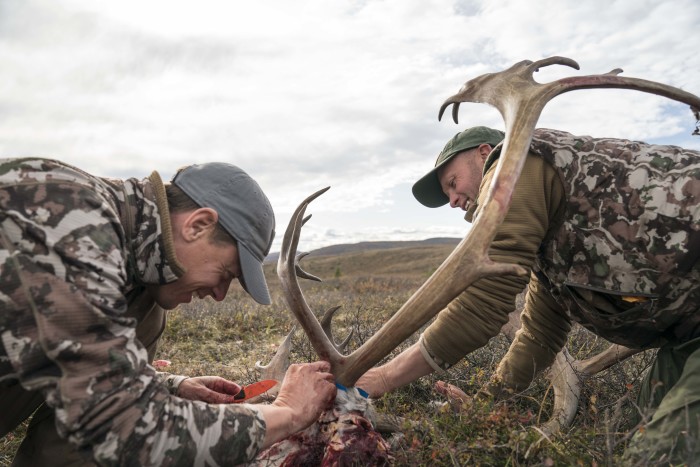
If you kill a big game animal during hot weather, make a long, deep incision in the muscles along the femur in the rear ham to allow body heat to dissipate. Cut from the ball joint all the way down to the first lower joint.
You can do this with whole, gutted animals as well as hams that have been removed as quarters. Doing this can save you from having meat spoil.
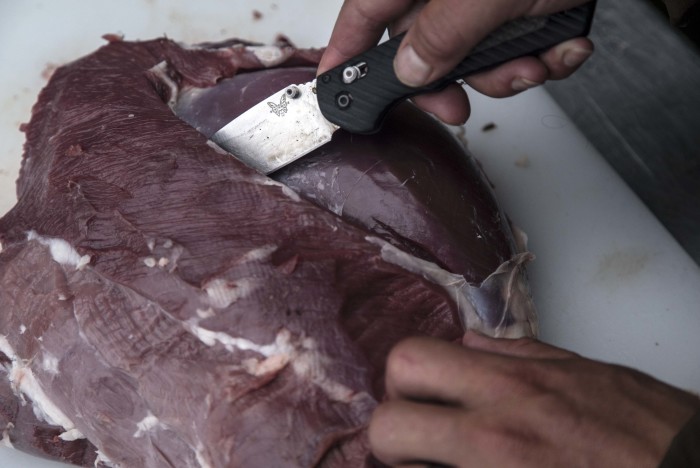
Remove the caul fat from big game animals before you pull the guts out during the field dressing process. This keeps the delicate, lacy fat membrane clean and intact.
You should also be careful during the gutting process to keep the heart and liver clean. Either remove these organs before you pull the guts free and into the dirt, or drag the viscera clear of the animal in a way that allows the heart and liver to rest on top of the gut pile without getting dirty. Otherwise, dirt or digestive fluids can taint the heart and liver.
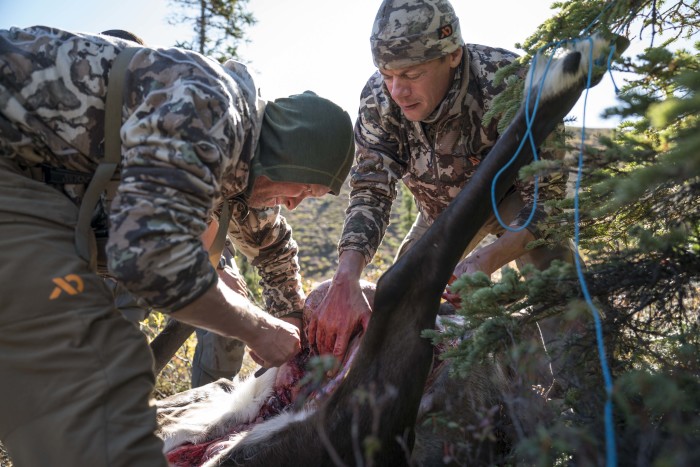
Cleaning Game Fish
It’s a good idea to bleed large game fish like salmon and tuna while they’re still alive. Smaller, strong-tasting fish like mackerel and bluefish should also be bled out.
Purging blood from the flesh results in a better-tasting product with a cleaner appearance and longer freezer life. Bleed fish by severing both gills.
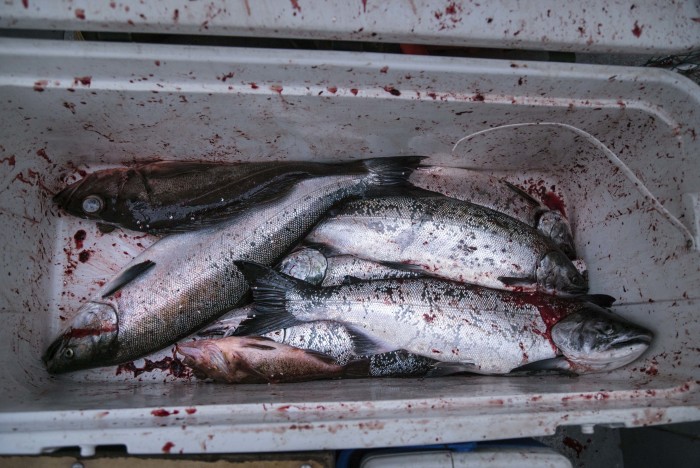
After filleting, keep the collars of large game fish like salmon, tuna, halibut or grouper. This is the meaty throat area around the pectoral fins, which is usually discarded along with the fish’s head or carcass.
After trimming away the fins, you can grill or fry the whole collar. You can also save the small cheek muscle for boneless fish nuggets.
Consider leaving the skin, scales and all, on your fish fillets before freezing them. This helps protect the flesh from freezer burn. With the skin on, you’ll also have more cooking options later. If you decide you want a skinless piece of fish, it’s perfectly easy to remove the skin after you thaw out the fillets.
Game Birds
If you’re planning on cooking whole game birds with the skin intact, pluck them immediately after death. Plucking is much easier while the carcass is still warm.






